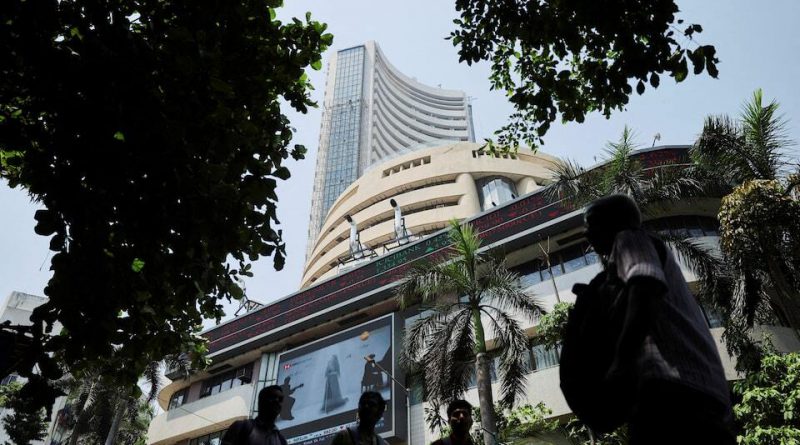India’s Stock Benchmarks Ease After Six-Session Rally as IT and Metal Shares Weigh on Sentiment
India’s benchmark indices retreated after a six-day rally, with IT and metal stocks dragging the market lower as investors waited for key U.S. economic data to gauge the likelihood of a Federal Reserve rate cut.
India’s equity markets pulled back on Tuesday after six consecutive sessions of gains, with major indices pressured by weakness in information technology and metal stocks as investors grew cautious ahead of upcoming U.S. economic data.
The pause in momentum comes at a time when traders are evaluating whether global cues will support expectations of a possible Federal Reserve rate cut next month.
The Nifty 50 slipped 0.4% to close at 25,910.05, while the Sensex lost 0.33% to settle at 84,673.02, marking a mild but noticeable retreat after a period of steady advances.
Market participants attributed the downturn to sector-wide softness, with all 16 major industry groups ending lower by the close of trade.
Broader market indices also struggled, with small-caps declining 1.1% and mid-caps falling 0.6%, reflecting a wider pullback across segments that had seen strong investor participation in recent weeks.
The correction comes after the benchmarks gained around 2% across six sessions, supported by robust quarterly earnings, healthy domestic inflows, and stability following the conclusion of the U.S. government shutdown.
Market analysts noted that Indian equities are now trading about 1.5% below their record highs from September 2024, emphasizing that the current phase may be more of a consolidation than a deep correction.
They added that for markets to resume their upward trajectory, new triggers such as sustained festive-season demand or progress on a potential U.S.–India trade agreement may be required.
Metal stocks were among the hardest hit, sliding 1.1% as base metal prices came under pressure due to a stronger U.S. dollar and doubts surrounding the Federal Reserve’s policy direction.
Analysts explained that metal companies remain sensitive to global economic trends, and uncertainty over U.S. monetary policy tends to amplify volatility in commodity-linked sectors.
Information technology stocks also recorded losses of 1.1%, becoming a major drag on the Nifty given the sector’s significant revenue exposure to U.S. clients.
A broader global sell-off in technology shares, driven partly by valuation concerns and anticipation ahead of key earnings from chipmaker Nvidia, added to the pressure.
Investors are now closely watching the release of delayed U.S. economic data, including the September jobs report, which was postponed due to the recent federal government shutdown.
This data is expected to play a crucial role in shaping expectations for the Federal Reserve’s next moves and could influence foreign investment flows into emerging markets.
Higher interest rates in the United States typically reduce the attractiveness of markets such as India for overseas investors, making upcoming economic indicators particularly significant.
Market participants noted that volatility could increase in the coming weeks as global financial conditions shift and investors look for clearer signals on inflation and employment trends.
Despite the overall market decline, standout performances continued in the IPO segment, with edtech company PhysicsWallah jumping 42.4% on its trading debut.
The strong listing extends the recent streak of successful public offerings that also included Groww and Pine Labs, highlighting continued investor appetite for select growth-oriented companies.
Global markets mirrored the cautious tone of Indian equities, with Asian shares touching a one-month low earlier in the day and European markets slipping to their weakest levels in a week.
The synchronized decline underscores heightened sensitivity across global markets to interest-rate expectations, earnings releases, and geopolitical developments.
As investors brace for further data-driven cues, analysts maintain that India’s strong economic fundamentals remain intact, though near-term volatility may persist.
Market watchers say the next major catalysts will likely come from U.S. macroeconomic releases and domestic updates on corporate performance and consumption trends.



